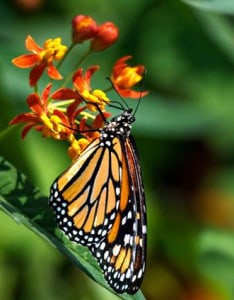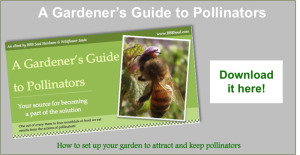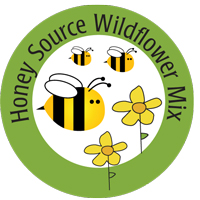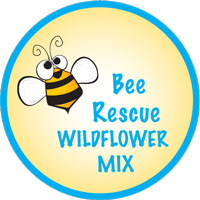Planting For Nectar and Pollen
 helped in the decline of honey bees and native pollinators. In urban areas flowering plants and trees are replaced with manmade materials and with lawns in suburbia.
helped in the decline of honey bees and native pollinators. In urban areas flowering plants and trees are replaced with manmade materials and with lawns in suburbia.Take a little bit of time and effort to plant pollinator-friendly plants, trees, and bushes in your garden, or pots for your patio. Get your neighbors to do the same, making a food corridor for the bees and natives to travel along. Often the plants that these beneficial insects require are also drought-tolerant, native plants that will help reduce your overall water consumption. Choose a selection of plants that will come into bloom at different times of the spring, summer, and fall seasons. Start by planting one of these great wildflower mixes designed specifically for native pollinators and honey bees, butterflies, or hummingbirds.
There are many lists of great plants and instructions for helping pollinators. Your local Extension Service should also have a list of plants for your area. Here is a list of Colorado species from the Colorado State University Extension Service.
Here is a list, created by BBB Seed’s Engrid Winslow, of commonly found species from natives to garden center varieties.
More great information:
These 1/2 oz tins filled with the pollinator wildflower mixes make great give-aways or fundraisers for your organizations!



